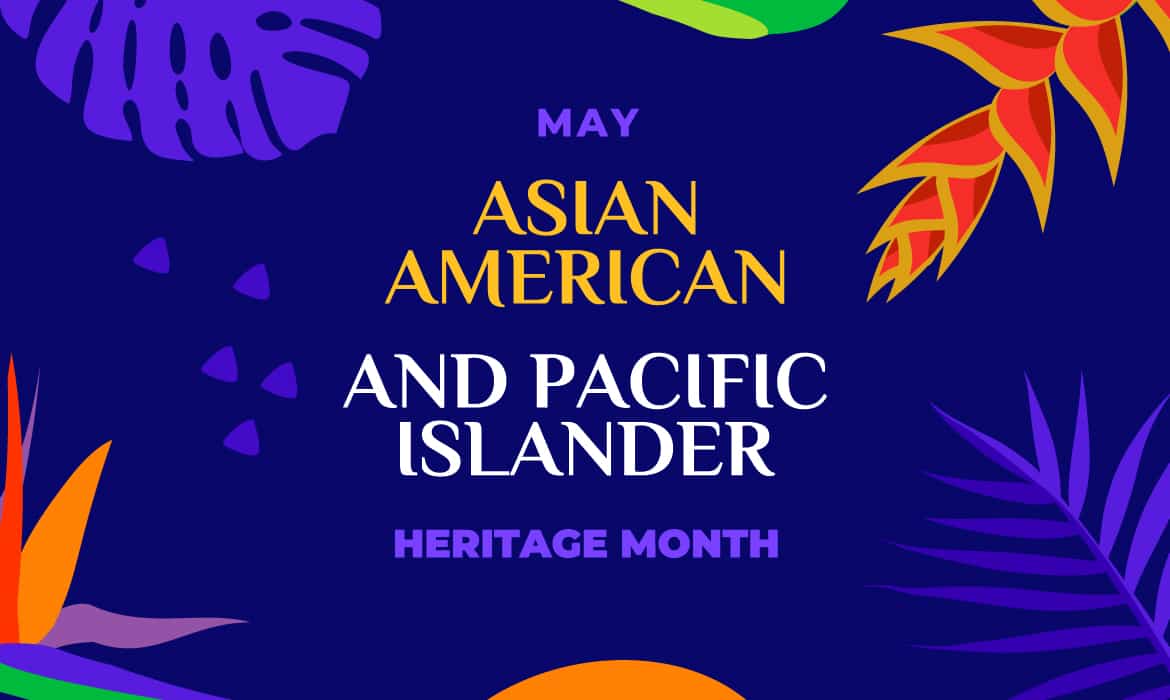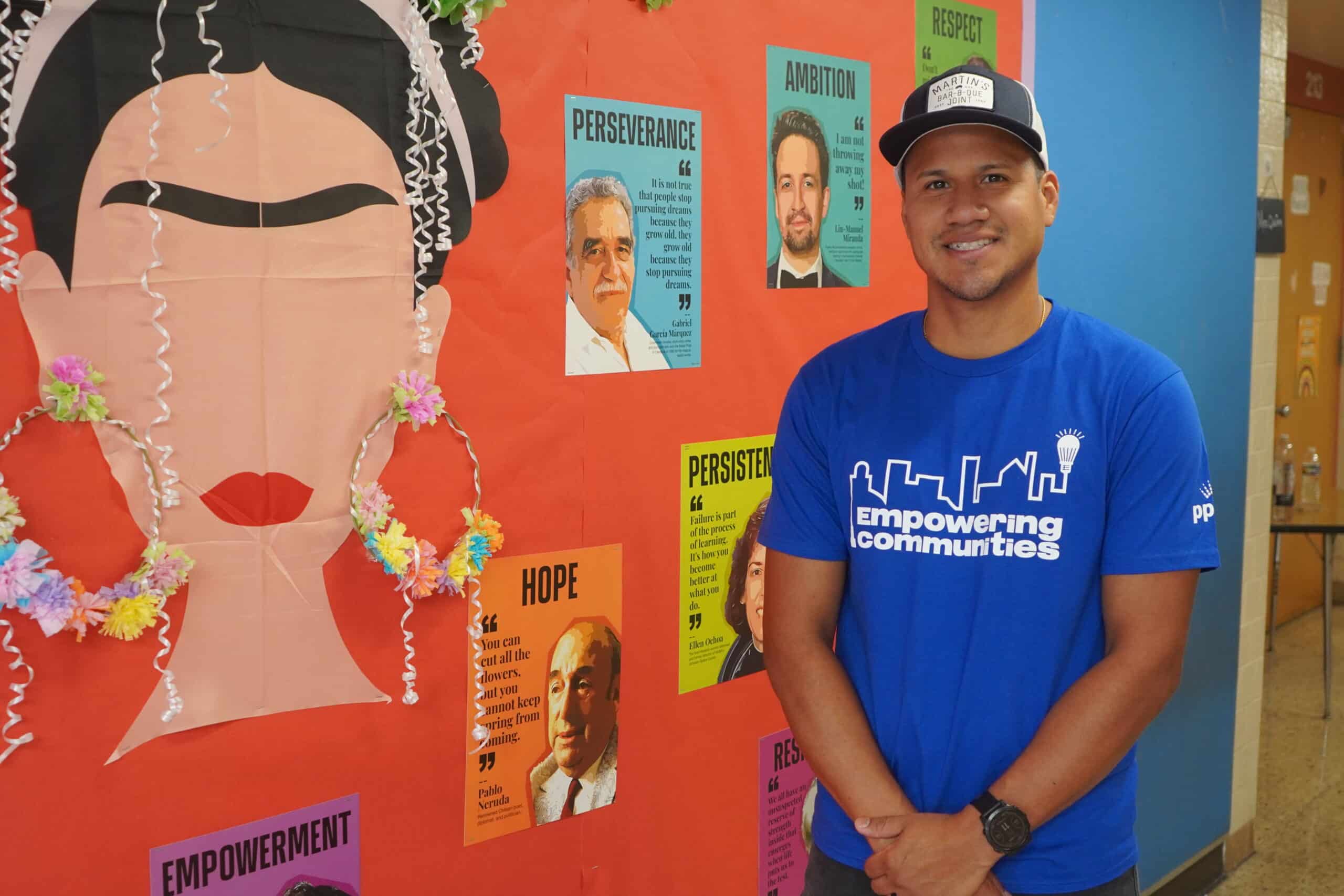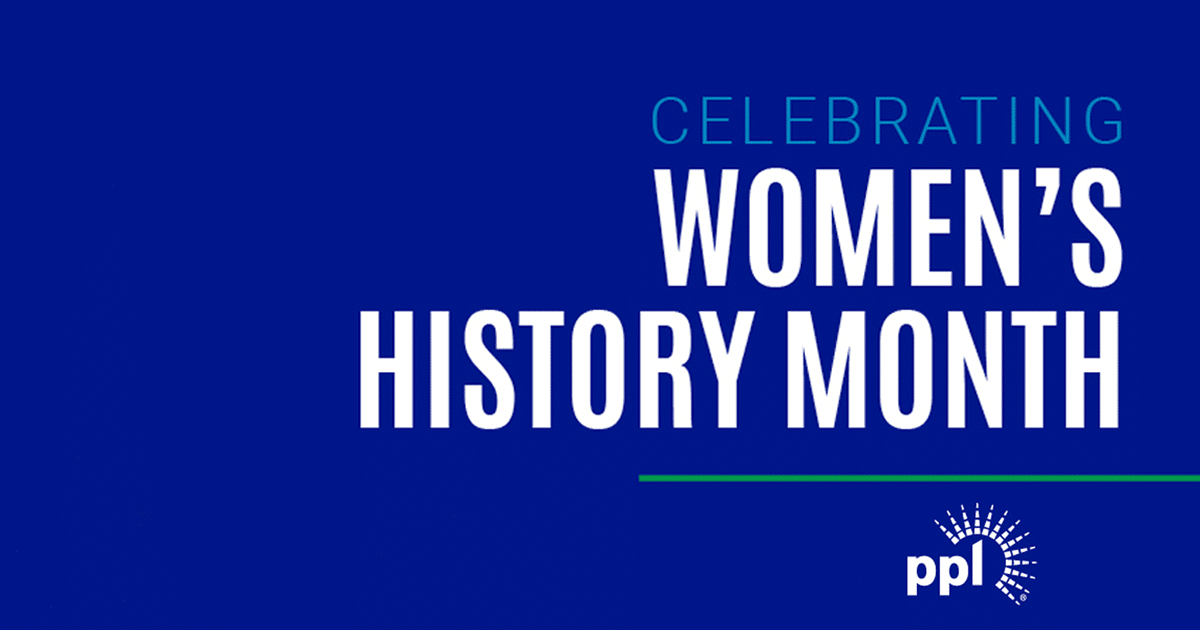May is National Asian American and Pacific Islander Heritage Month. According to Pew Research, 23 million Asian Americans trace their roots to more than 20 countries in East and Southeast Asia and the Indian subcontinent. There is no single experience or culture that defines Asian Americans and Pacific Islanders; their cultures sew together a colorful fabric that adds depth and diversity to our world.
During Asian American and Pacific Islander (AAPI) Heritage Month, we are celebrating the history and traditions of these cultures that have enriched America for centuries. At PPL, we are as committed as ever to providing an inclusive and equitable work environment for all. A vital step in that journey is building cultural competency by listening, sharing and learning from one another so that we can view the world from others’ perspectives.
The Power of Inclusion
Members of PPL’s Asian Connection for Employees, an employee-led resource group focused on promoting professional and personal development and sharing Asian heritage and culture, shared their thoughts on the importance of diversity, equity and inclusion.
Being an Ally
Recently, ACE hosted an event called, “Standing Against Anti-Asian Violence.” ACE members bravely shared their stories in a forum of 125 employees and leaders in an effort to shine a spotlight on the alarming increase of hateful acts targeted to individuals of Asian descent.
Throughout the event, ACE members provided examples of how employees could be allies. Learning how to intervene and neutralize a discriminatory act is one of the ways in which others can tangibly enhance their own personal cultural awareness and allyship.
“Most situations can be deescalated when someone intervenes,” said Ed Wurster, director of protective services and chief physical security officer at PPL. “But typically, people only intervene in a fraction of situations.”
Before acting, he cautioned to always prioritize your own safety.
“If you don’t feel comfortable safely intervening, seek out help,” said Wurster. “If you or others are in immediate physical danger, call 911.”
The 5 D’s of Bystander Intervention
These 5 D’s from the Hollaback! organization are a quick reference if you are confronted with harassment as either the target or bystander:
- Distract – Consider neutralizing the situation by starting a conversation with the person being attacked or draw attention away from them. Online, consider asking the person doing the harassing an unrelated question.
- Delegate – In a public setting, find help from someone in a position of authority. When online, report the harassment to the platform where it happened.
- Delay – After the incident is over, check in with the person who experienced the disrespectable behavior to see if they are OK or need any support.
- Document – During an incident, capture it on video – be sure to keep a safe distance and capture landmarks. Never post it online without permission of the person targeted.
- Direct – Speak up about the disrespectful behavior when it is happening.
In closing, ACE member Hesong Leng, senior integrator, PPL Electric Utilities, summed up the importance of being an ally perfectly.
“Our society was built and prospers upon love and courage; we can’t let hate deteriorate the soul of our society…Let us stand together against anti-Asian hate, fight together to push through the pandemic, and build together a better future for us and for our children.”
We celebrate with our Asian American and Pacific Islander employees, colleagues and community members during the month of May and every day. Read more about PPL’s diversity, equity and inclusion commitment at pplweb.com/diversity.



